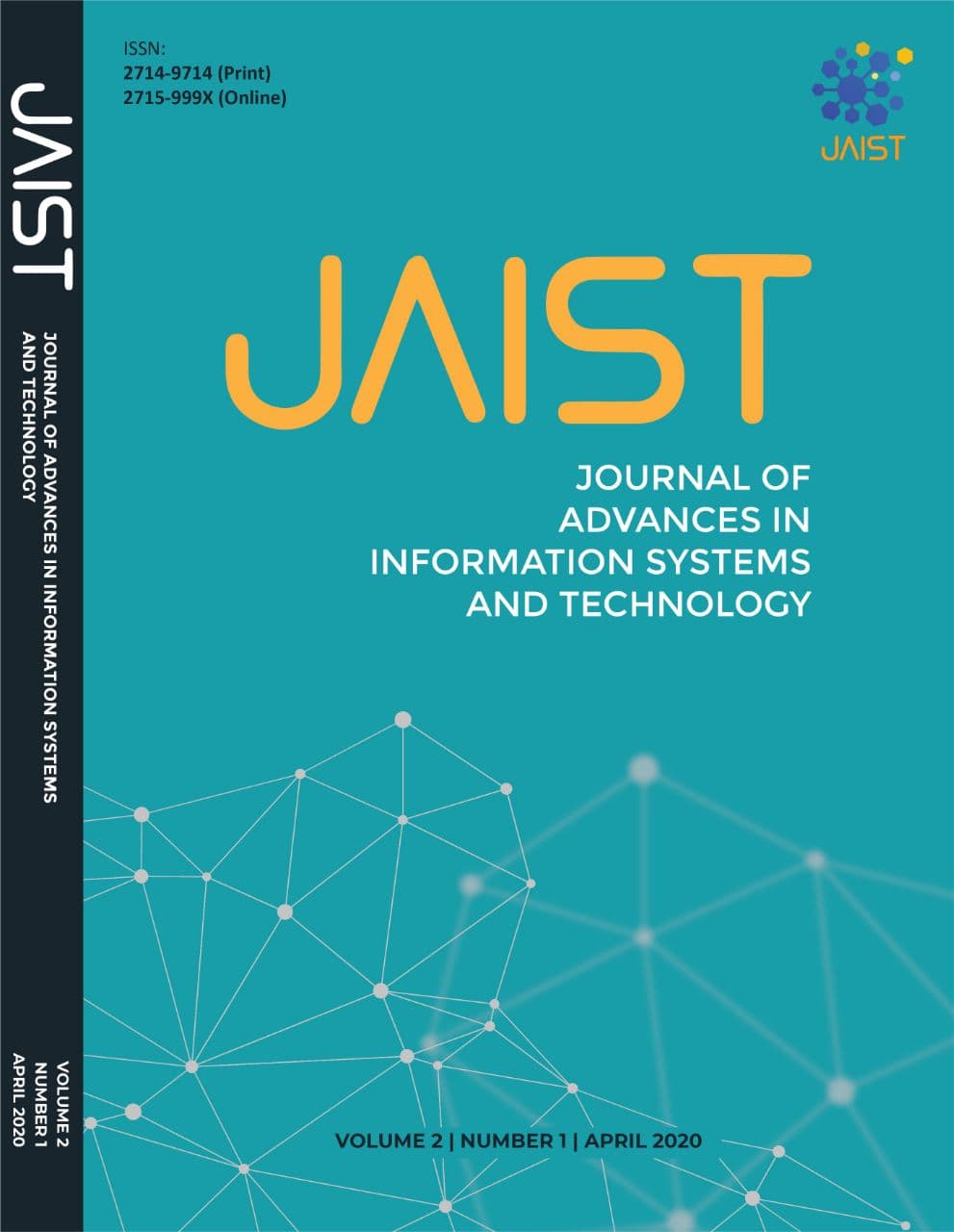Optimization of Naïve Bayes Method using Genetic Algorithm to Diagnose Cattle Disease
Abstract
Technological advances that so fast encourage people to create a breakthrough, one of which is the expert system. An expert system can be used to solve problems in diagnosing disease problems, one of which is cattle disease. Lack of knowledge of breeders regarding this can result in considerable losses to the breeder. An expert system is needed to diagnose cow disease. The method that can be used to create an expert system is the Naïve Bayes method. The naïve Bayes method is a classification with probability methods and statistics to predict future opportunities based on previous experience. But there are weaknesses; namely, the independence feature is often wrong, and the probability estimation results cannot be optimal. To overcome this problem, one way is to use Genetic Algorithms. Genetic algorithms are random search forms that mimic the principle of natural biological evolution processes to find optimal solutions. The number of attributes used is 24 attributes consisting of the name of the disease and 23 symptoms. The accuracy of using the Naïve Bayes method is 90%, while the accuracy of using the Naïve Bayes and Genetic Algorithm is 95%. It can be concluded that there is an accuracy increase of 5%.
Copyright (c) 2020 Journal of Advances in Information Systems and Technology

This work is licensed under a Creative Commons Attribution-ShareAlike 4.0 International License.


